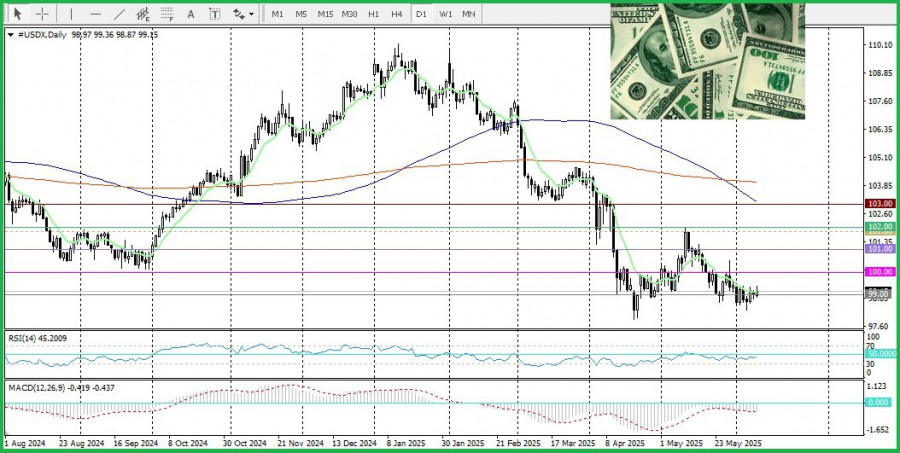See also


 10.06.2025 10:45 AM
10.06.2025 10:45 AMToday, the EUR/USD pair is under pressure, having failed to consolidate above the 1.1435 level and showing intraday declines toward the psychological level of 1.1400 and below, amid U.S. dollar strength.
The main driver of the dollar's rise was Friday's strong U.S. NonFarm Payrolls (NFP) report, which reduced expectations for an imminent rate cut by the Federal Reserve this year. In addition, optimism surrounding the potential resumption of U.S.–China trade talks is dampening bearish sentiment toward the dollar, thereby adding further pressure on EUR/USD.
Nevertheless, ongoing negotiations in London and the upcoming key U.S. inflation data later this week are prompting traders to remain cautious and refrain from opening aggressive positions. The market still considers a September Fed rate cut likely, and concerns about the U.S. government's fiscal position are limiting the dollar's upside potential, which in turn lends some support to the euro.
On the other hand, the European Central Bank signaled at its latest meeting that the current rate-cutting cycle may be nearing an end. This also supports the euro and helps limit EUR/USD losses. In the absence of significant economic releases from the eurozone or the U.S. today, the pair's movement is mainly driven by dollar dynamics.
Technically, in order to resume upward movement, EUR/USD needs to break through resistance in the 1.1450–1.1460 level, which could open the path toward the psychological level of 1.1500. A break above that could lead to a retest of late-April highs. Otherwise, the risk of further decline toward the 1.1370 support level remains. However, oscillators on the daily chart are still in positive territory, indicating a generally constructive outlook for the pair.
In the short term, caution is advised, with focus on signals from the trade negotiations and upcoming economic data.
You have already liked this post today
*The market analysis posted here is meant to increase your awareness, but not to give instructions to make a trade.



